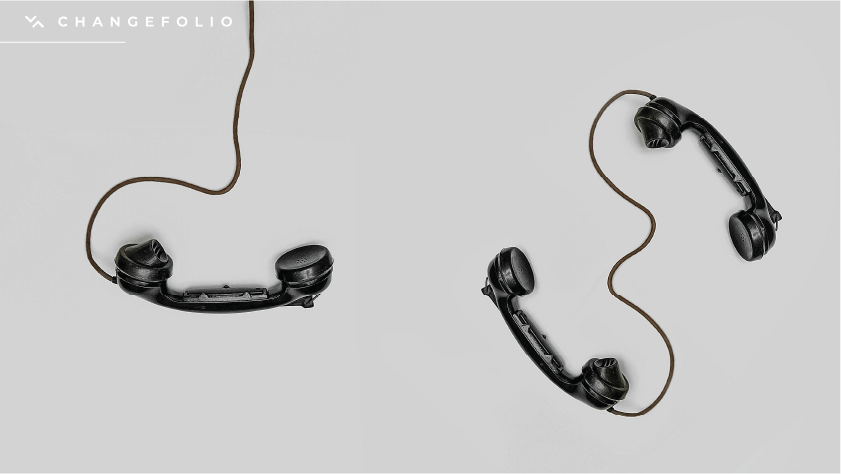
In the world of change management, understanding is everything. But too often, change initiatives are buried under dense documents, wordy emails, and complex PowerPoint decks that do little to inspire or inform. If your change strategy isn’t landing, it might not be the message – it might be the medium.
Visual and Behavioural Design isn’t just about making things look good. – it’s about making things understood.
Humans are visual creatures. Our brains are hardwired to process and retain visual information far more efficiently than text:
🧠 Visuals are processed 60,000 times faster than text.
👁 The brain can identify images seen for just 13–100 milliseconds. 🧩 90% of information transmitted to the brain is visual.
💡 Three days after reading text, we can remember 10% of information but when combined with an image, we are likely to remember 65% of that information.
When you apply this to change management, the takeaway is clear: if you want people to engage with and adopt change, you need to show it – clearly, quickly, and consistently.
A well-designed change journey isn’t just easier to follow – it’s more persuasive, memorable, and human. Visuals help simplify complexity, focus attention, and create emotional resonance. When done right, design becomes an active force in how people experience change.
Too many change strategies fail because they focus only on what people need to know, not how they will experience it. That’s where our Behavioural Design Capability comes in. It’s not just about making resources nice to look at – it’s about making change meaningful.
At ChangeFolio, our Behavioural Design Capability helps organisations turn complex change strategies into compelling visual artefacts – artefacts that people can easily understand, connect with, and act on. From inspiring change journeys to digital dashboards, we create the design scaffolding that helps change make a lasting impact.
Change isn’t just about new systems or structures – it’s about new understanding. And in a world of information overload, how you present that understanding matters more than ever.
Design isn’t optional. It’s strategic.
If you’re looking to make your change strategy land with greater clarity and impact, it might be time to move from words to visuals. Let’s storify change, together.